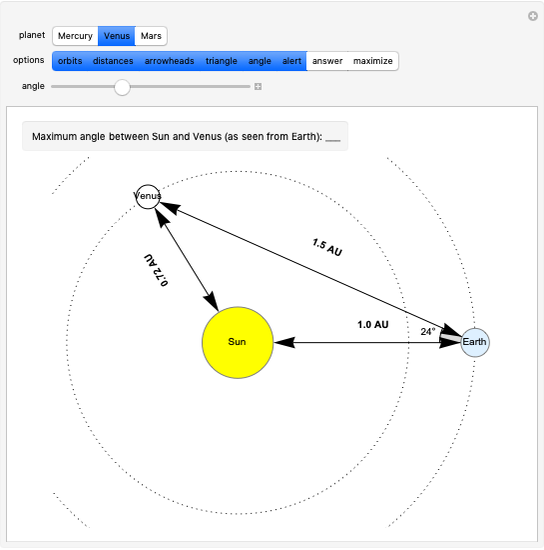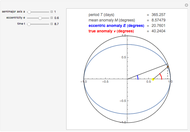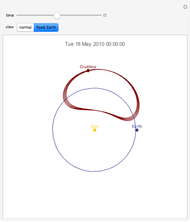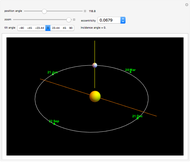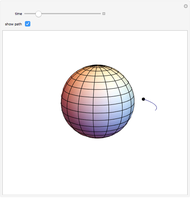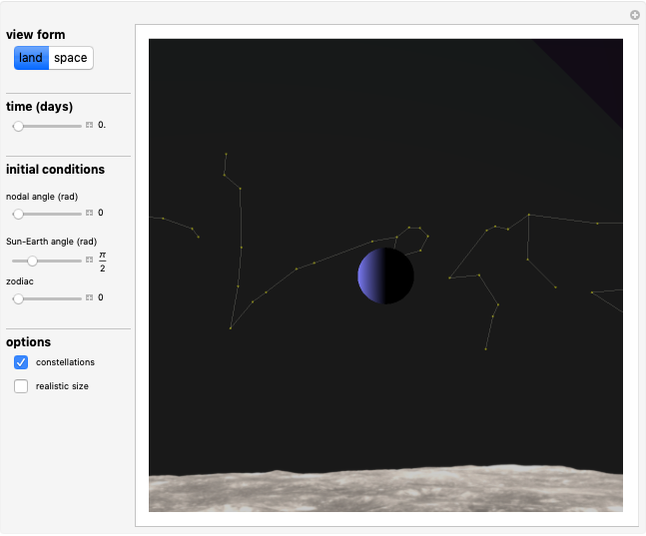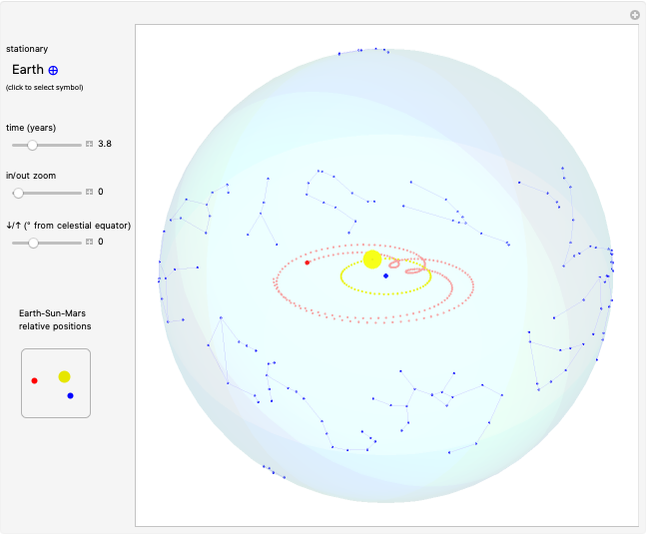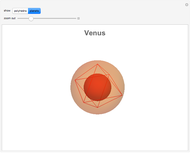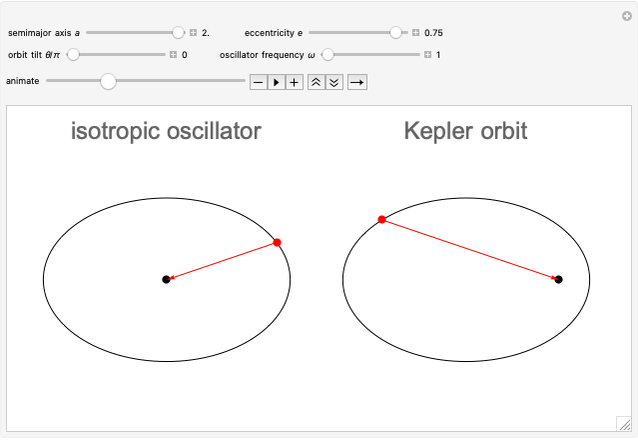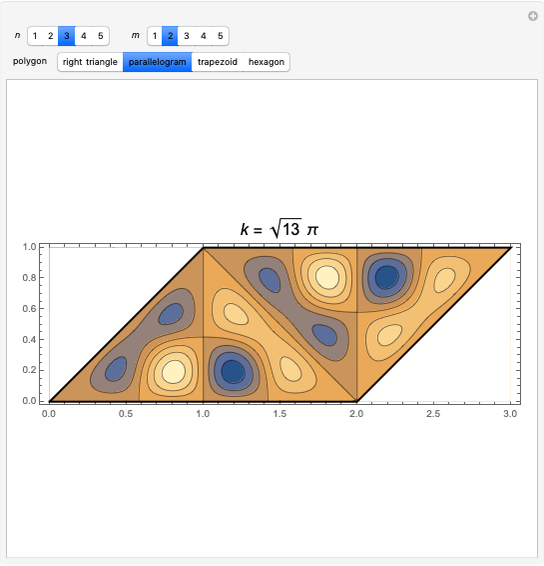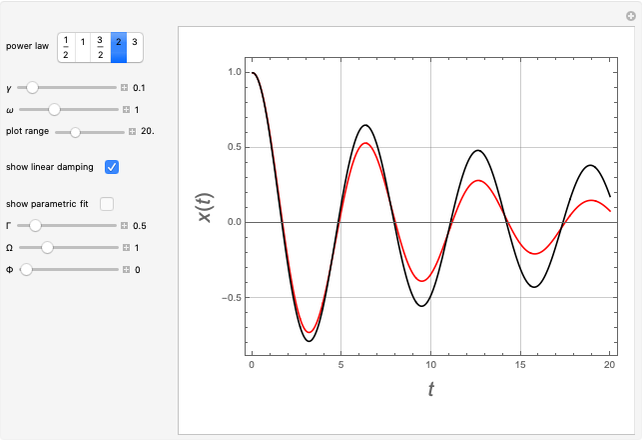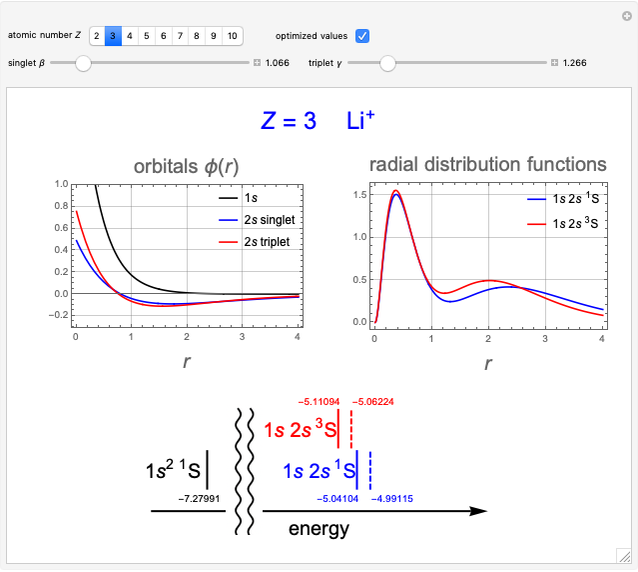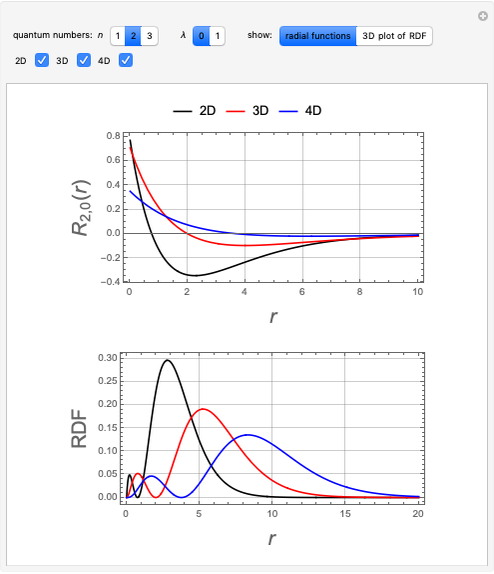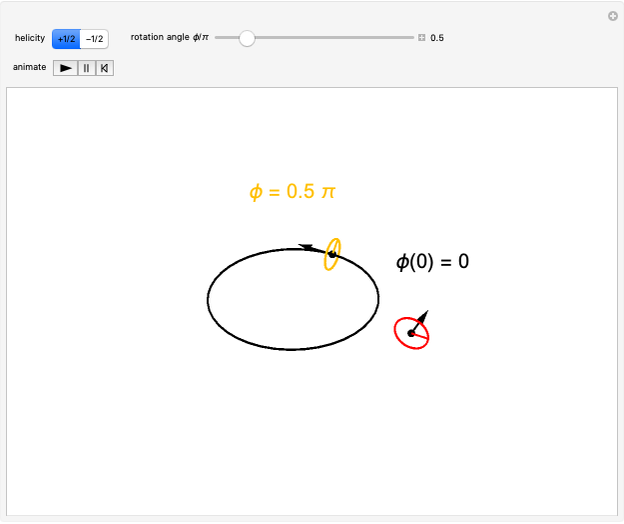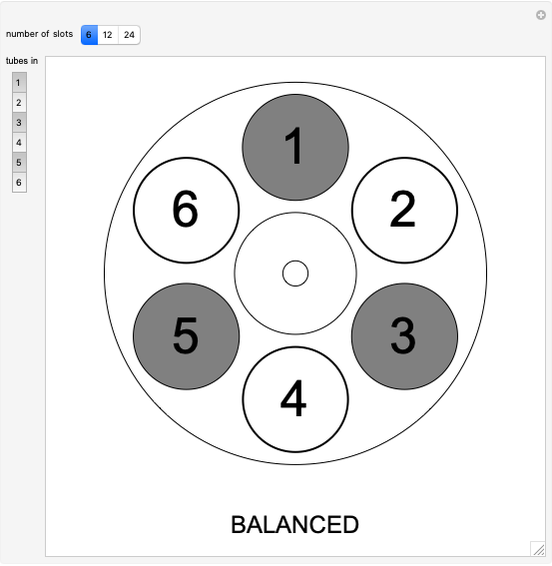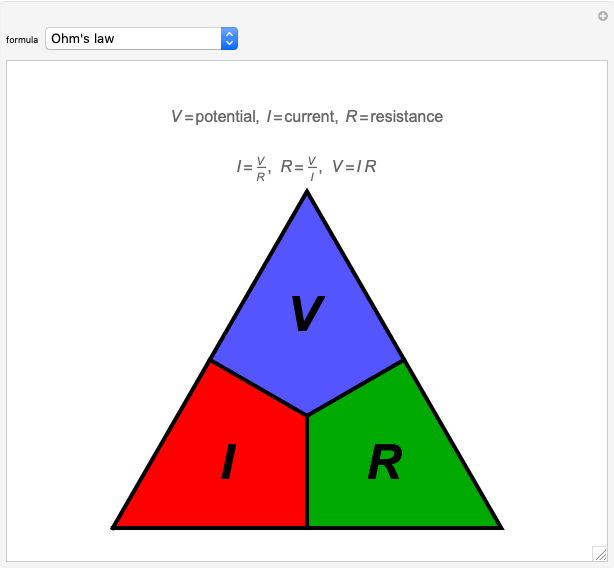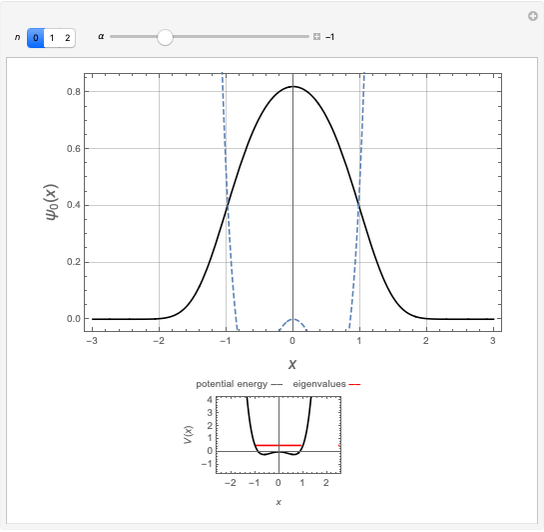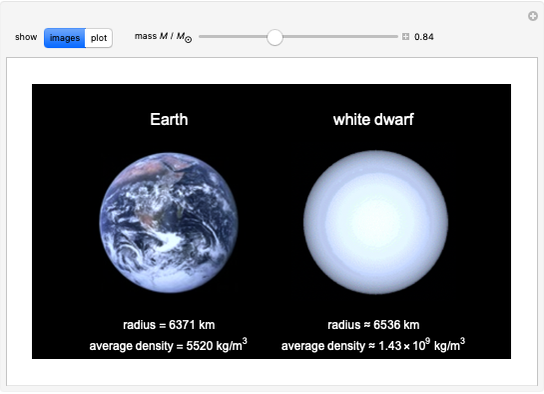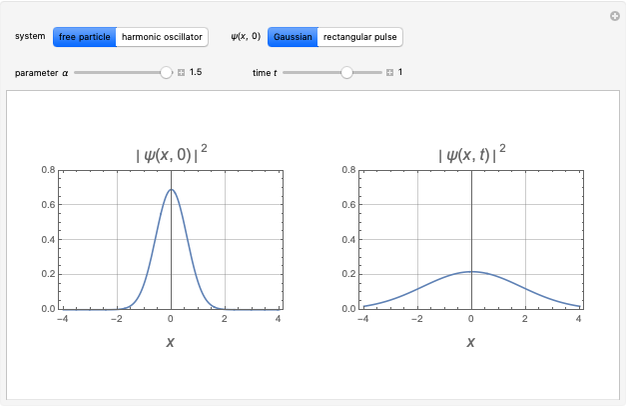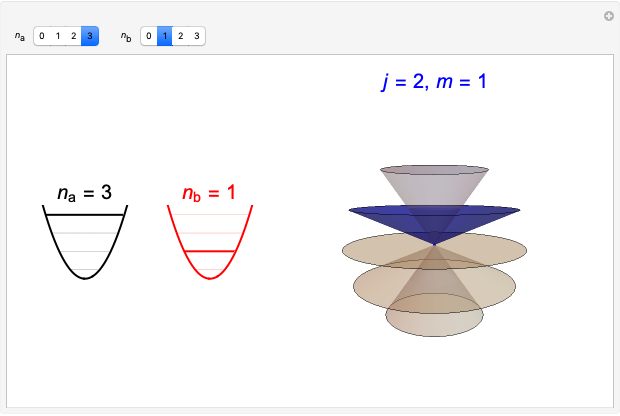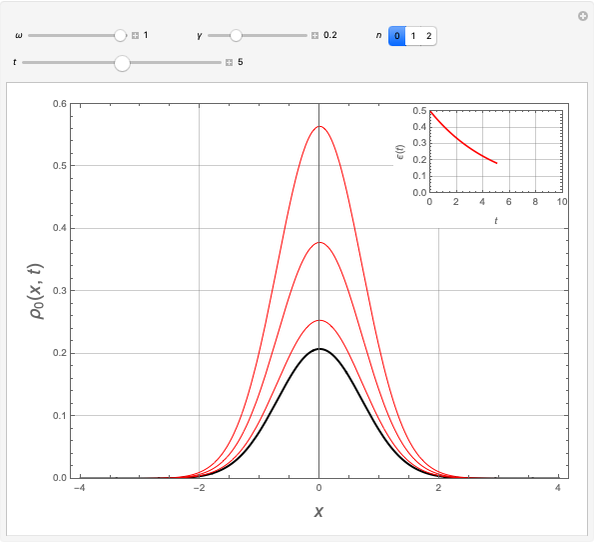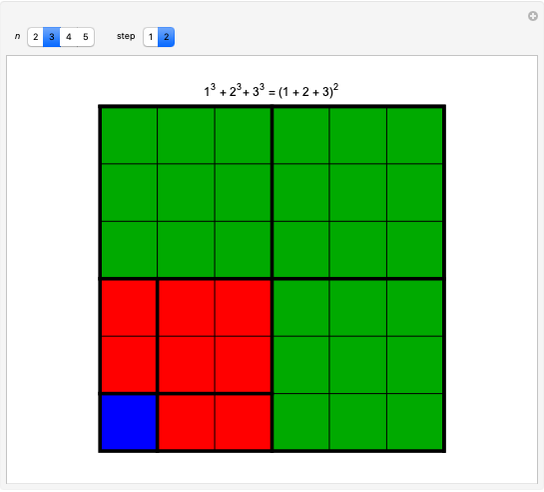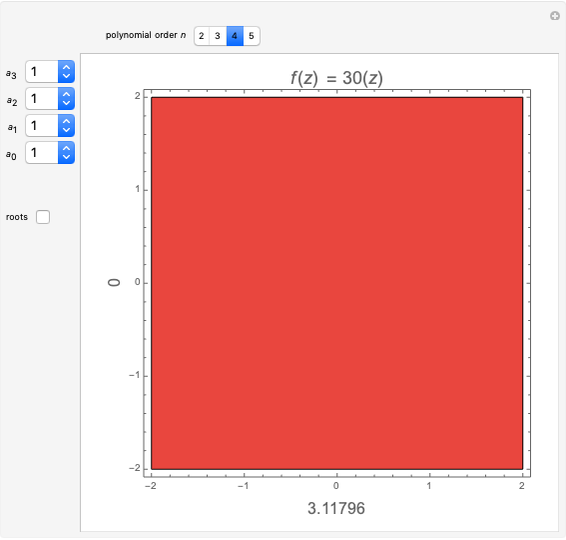Venus Is Not the Earth's Closest Planetary Neighbor

Requires a Wolfram Notebook System
Interact on desktop, mobile and cloud with the free Wolfram Player or other Wolfram Language products.
Venus is the almost unanimous response, by both amateur and professional astronomers, to the question, Which planet is closest to Earth? But this overlooks a subtle point. Planets can be quite far apart when they are in opposition (on opposite sides of the Sun). When the distance between two planets is averaged over both their orbits, it turns out that Mercury has the smallest average distance to every other planet in the solar system. It is the closest to the Sun, and therefore distances when it is in opposition to another planet are considerably reduced.
[more]
Contributed by: S. M. Blinder (April 2019)
Open content licensed under CC BY-NC-SA
Snapshots
Details
The average distance between two planets with orbital radii  and
and  can be obtained by averaging over the circular orbit of one of the planets while the other is fixed at a point in its orbit. This is shown in the diagram:
can be obtained by averaging over the circular orbit of one of the planets while the other is fixed at a point in its orbit. This is shown in the diagram:

The average is given by

where  (·) is a complete elliptic integral of the second kind. (This is a correction of the result given in [1].) The average distances work out to:
(·) is a complete elliptic integral of the second kind. (This is a correction of the result given in [1].) The average distances work out to:
 (Earth–Mercury)=1.03781 au,
(Earth–Mercury)=1.03781 au,  (Earth–Venus)=1.13567 au,
(Earth–Venus)=1.13567 au,  (Earth–Mars)=1.69303.
(Earth–Mars)=1.69303.
Reference
[1] T. Stockman, G. Monroe and S. Cordner, "Venus Is Not Earth’s Closest Neighbor." Physics Today, PT.6.3.20190312a. (Mar 22, 2019) physicstoday.scitation.org/do/10.1063/PT.6.3.20190312a/full.
Permanent Citation








